The Fast & The Furious film series has evolved significantly since its debut in 2001. April 2017 will see the release of the eighth film in the saga, The Fate of the Furious, which aims to be the most outlandish entry yet. Looking back on it now, it can seem hard to fathom just how Fast & Furious transitioned from a fairly self-serious movie about street racing criminals to a madcap action extravaganza over the course of just a few sequels. However it happened, it has functioned as a perfect counterpoint to the recent change in direction for the James Bond film series.
From his debut in 1962’s Dr. No, James Bond had always been the premier destination for high-flying action/adventure spectacle. Over the course of twenty-plus films, 007 consistently set the bar in terms of globetrotting cinematic tourism and massive action sequences anchored by real-life stuntwork. Conversely, at its inception Fast & Furious was pretty much just a thinly-veiled remake of Point Break with little ambition beyond launching the careers of stars like Paul Walker, Vin Diesel, and Michelle Rodriguez.
Yet somehow, over the past fifteen years, Fast & Furious has taken James Bond’s place as the dominant globetrotting action series, while England’s favorite super spy has found himself in something of a minor rut. So how exactly did this happen? Join us as we examine the circumstances and reasons behind this unprecedented reversal of fortune.
Fast & Furious Through The Years
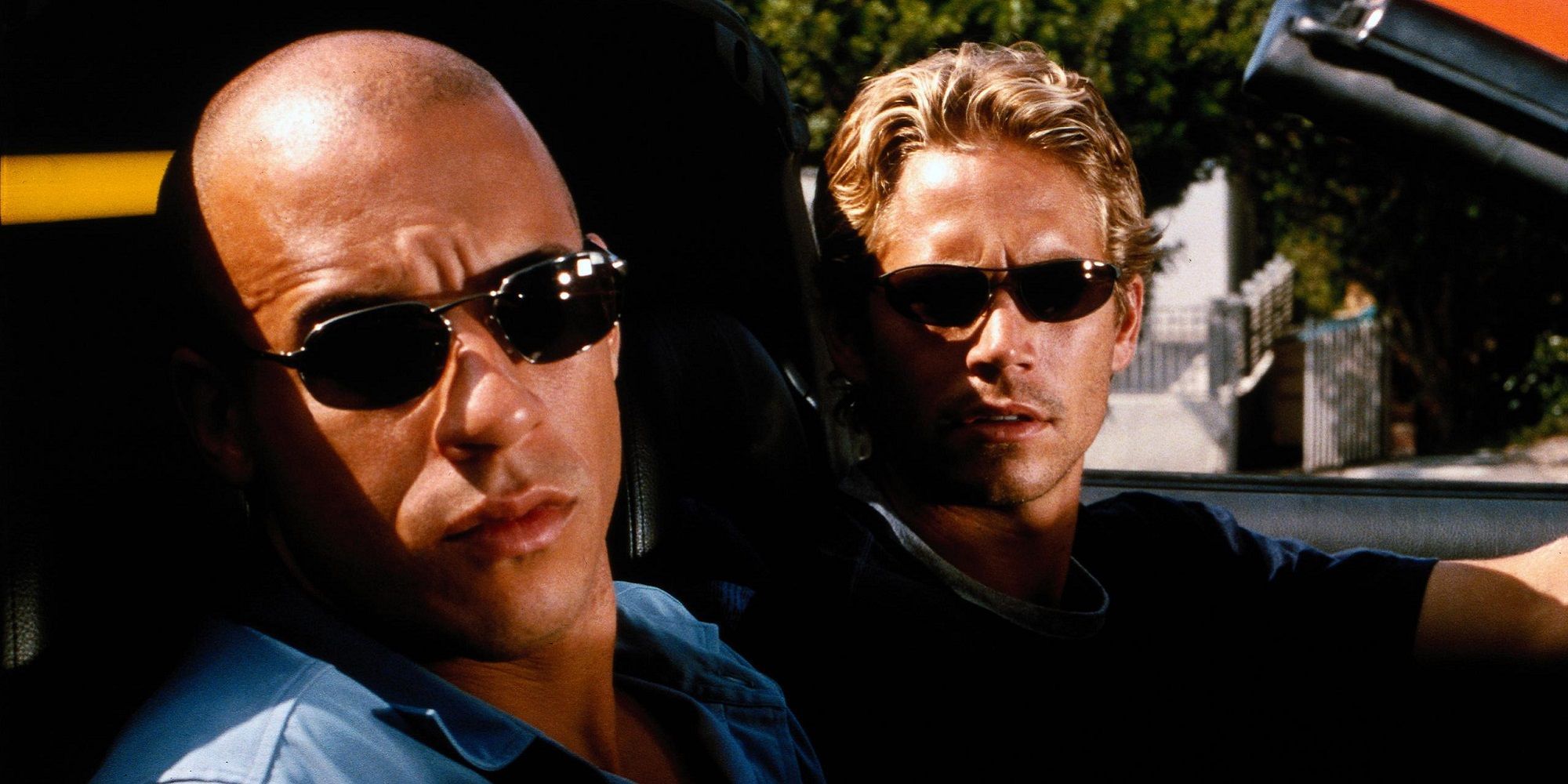
As previously mentioned, The Fast & The Furious borrowed much from the Point Break playbook, following an undercover cop as he infiltrated a gang of street-racing criminals who were bound to a tight code of honor and familial duty. The modestly-budgeted film turned out to be a huge hit, earning over $200 million worldwide, and that success is often attributed to the crack pairing of stars Vin Diesel and Paul Walker, as well as the movie’s stylized depiction of the world of illegal street racing. Two years later, a sequel (the humorously titled 2 Fast 2 Furious) was released, sans Diesel, instead pairing returning champion Paul Walker with newcomer Tyrese Gibson. The John Singleton-directed film did decent business at the box office but is divisive to fans, who bemoan the absence of Vin Diesel and the curiously high levels of CGI effects.
Paul Walker declined to return for the little-remembered The Fast & The Furious: Tokyo Drift, which sputtered to a low global take of just $158 million. However, the 2009 sequel, simply titled Fast & Furious, restored the series to box office glory, thanks to a cool tagline (“New Model, Original Parts”) and the return of the cast from the first film, including Walker and Diesel. While that film did excellent business, bringing in a series-high $363 million, it wasn’t until 2011’s Fast Five that the Fast & Furious became a genuine blockbuster franchise. That film brought together the cast from all previous movies and shifted the focus away from simple street racing and was instead a heist film featuring broad action sequences and death-defying stunts. Fast & Furious 6 continued this focus on adrenaline-fueled spectacle and won praise from moviegoers the world over, and the box office results were only growing higher and higher.
Changing Times For 007
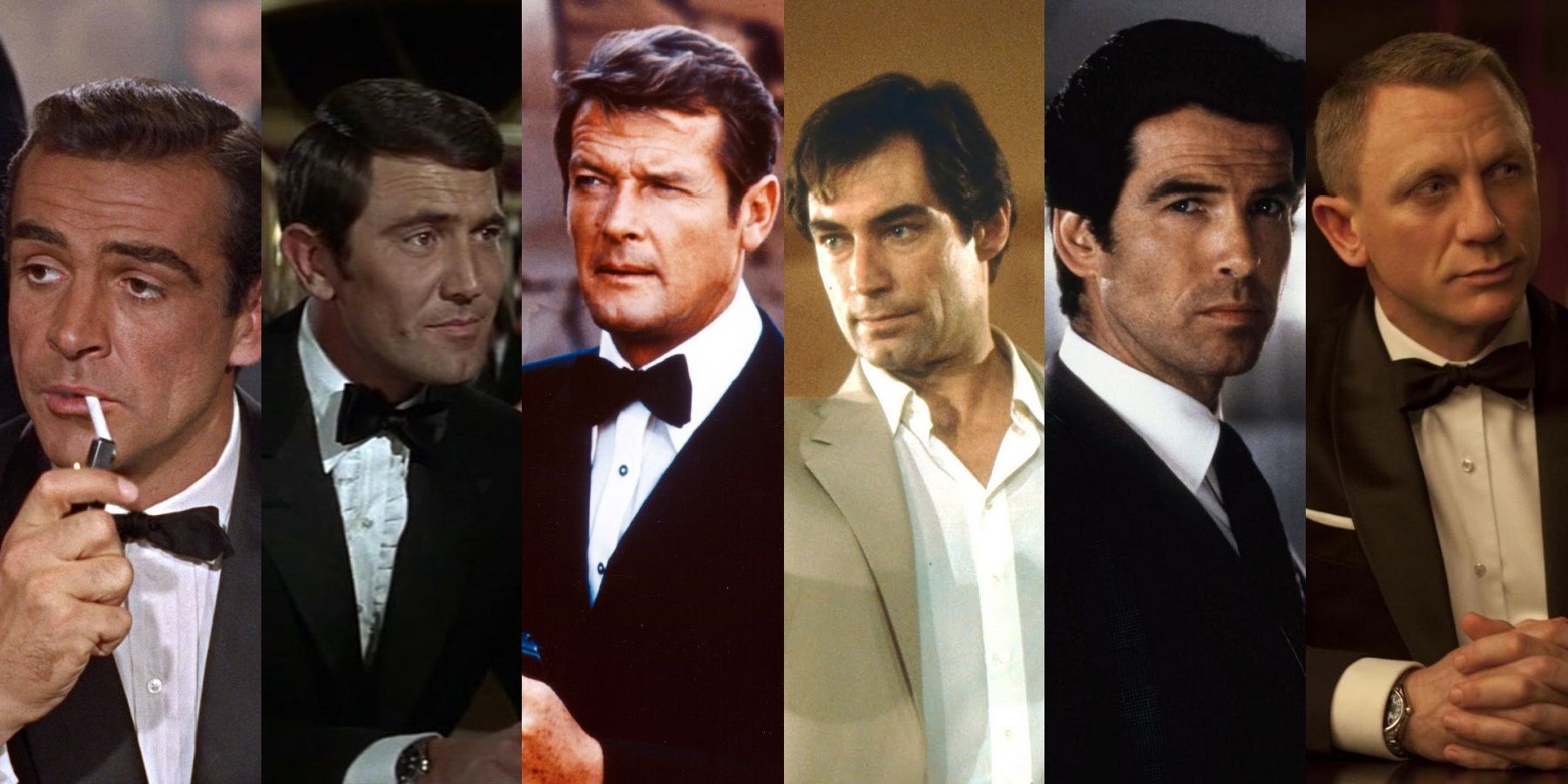
From the very beginning, James Bond was always about explosive action, sexy girls, and the globe-trotting exploits of England’s favorite super spy. It may seem tame by today’s standards, but 1963’s From Russia With Love earned harsh criticism in its day for the level of violence, courtesy of director Terence Young and editor Peter Hunt (who would go on to direct one of the best 007 outings ever, On Her Majesty’s Secret Service).
Throughout the 1960s and 1970s, the goal of each James Bond film was to showcase exotic new locations and unprecedented stuntwork. From the running the alligator gauntlet in Live and Let Die to the legendary ski jump in The Spy Who Loved Me among so many other incredible examples, one of the most enduring qualities of classic 007 movies is that their special effects were almost all captured in-camera and can still inspire genuine excitement, even in today’s younger audiences.
However, recent years have seen a shift in focus in the 007 series, away from grand spectacle and more towards an introspective look with the latest films. After Die Another Day crossed the line with its awful CGI windsurfing sequence, the character was promptly rebooted, with Pierce Brosnan replaced by the younger Daniel Craig as a less experienced version of the spy. While Casino Royale was seen as a return to form, modernizing the character while maintaining everything that made the series great in the first place, Craig’s subsequent turns as Bond are almost unrecognizable as 007 films. Quantum of Solace skewed closer to the likes of Jason Bourne than James Bond, and when director Sam Mendes got his hands on the franchise, he practically re-rebooted it.
Skyfall was a massive critical and commercial success, but many old-school 007 fans took umbrage with its needless honing in on the intimate details of the character’s upbringing, even setting its climactic final act at Bond’s childhood home. Bond was no longer a jolly romp with wacky gadgets and colorful villains; it was a self-serious, dark, gritty, joyless exercise in slow-paced, character-driven drama, with action-packed interludes sprinkled throughout.
Spy Film vs Action Adventure
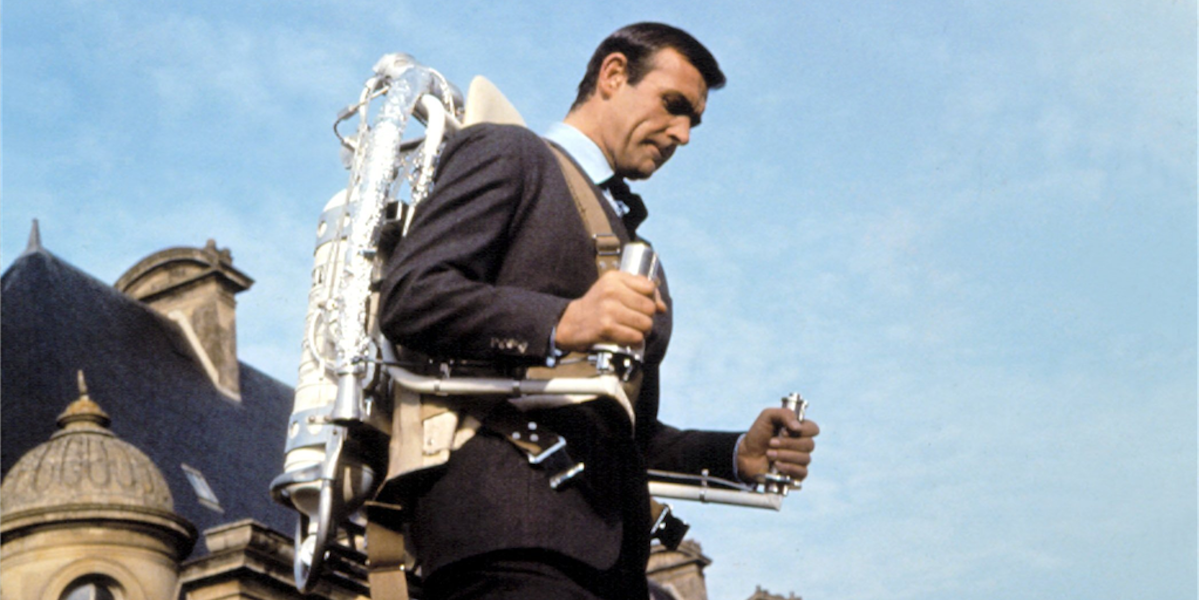
The secret behind Bond’s early success was that 007 films could rarely be classified as “spy movies.” Bond’s best entries, including Goldfinger, Thunderball, and The Spy Who Loved Me, were all straight-up action adventures. There was never any doubt as to the identity of the villain, and they were all about how many cool one-liners Bond would spout, how many women he would woo, and how many henchmen he would defeat on his quest to save the world from the megalomaniac’s evil schemes. Ocassionally, a Bond entry would adhere to the more cerebral plot twists of the spy genre, but entries like The Living Daylights and For Your Eyes Only are relatively few and far between.
No one would ever accuse classic 007 romps as being intelligent spy capers, and that’s just fine. Bond rarely strived to be anything more than escapist fun. Even in entries where the character was moved forward in unique ways (On Her Majesty’s Secret Service, Licence To Kill, Goldeneye, The World Is Not Enough), these developments were usually subtle and in the background of the main story, adding nuance and layers to the character without compromising the cool core of the 007 archetype. By contrast, Sam Mendes’s overt deconstruction of the character was seen as unwelcome by some corners of the fandom.
2015: Kingsman, Furious 7, and Spectre
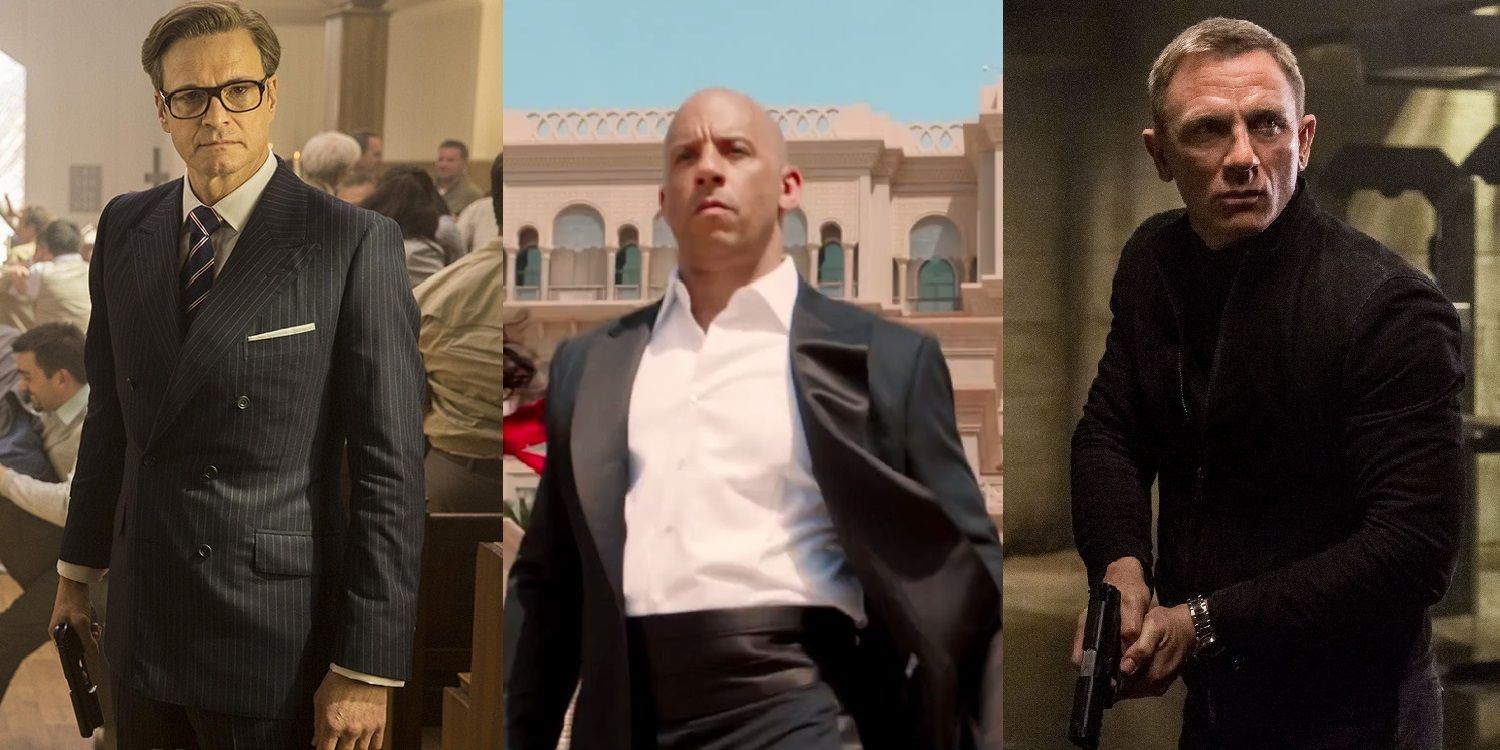
By 2015, it had become clear that the new direction of the James Bond series had left a gap in the market that needed to be filled. February saw the release of the R-rated action comedy, Kingsman: The Secret Service, in which director Matthew Vaughn essentially called out Sam Mendes and his controversial take on 007. Kingsman, while certainly embarking in its own direction, openly mocked recent 007 films for being too serious, while simultaneously embracing the wacky antics and over-the-top sensibilities of the Bond films of yore.
Spectre came out in November of that year, and was torn between paying homage to the past and following-up on the themes of Skyfall, arguably suffering as a result. The film was a box office hit, though it failed to match the franchise-high of its predecessor. Additionally, thanks to an infamously troubled production cycle, Spectre’s budget ballooned to $245 million.
However, in between the release of these two competing spy capers, Furious 7 showed up and obliterated box office records, earning more money worldwide than Kingsman and Spectre combined.
Furious 7 is a classic 007 movie with the lead character split across Vin Diesel, Paul Walker, and their combined “family.” The action is incredible, and anchored in real life stunts, with minimal use of CGI throughout (yes, they really dropped a bus off the side of a cliff). Furthermore, the action is set in varied locales ranging from the streets of Los Angeles to the sandy paradise of Abu Dhabi. Even the extraneous shots of dancing girls during parties and street races have their roots in 007 films; no matter what, pretty much every Bond flick has at least one scene featuring a throng of bikini-clad girls sitting around being sexy, to say nothing of those legendary opening credits sequences.
Fate of the Furious Carries The Torch
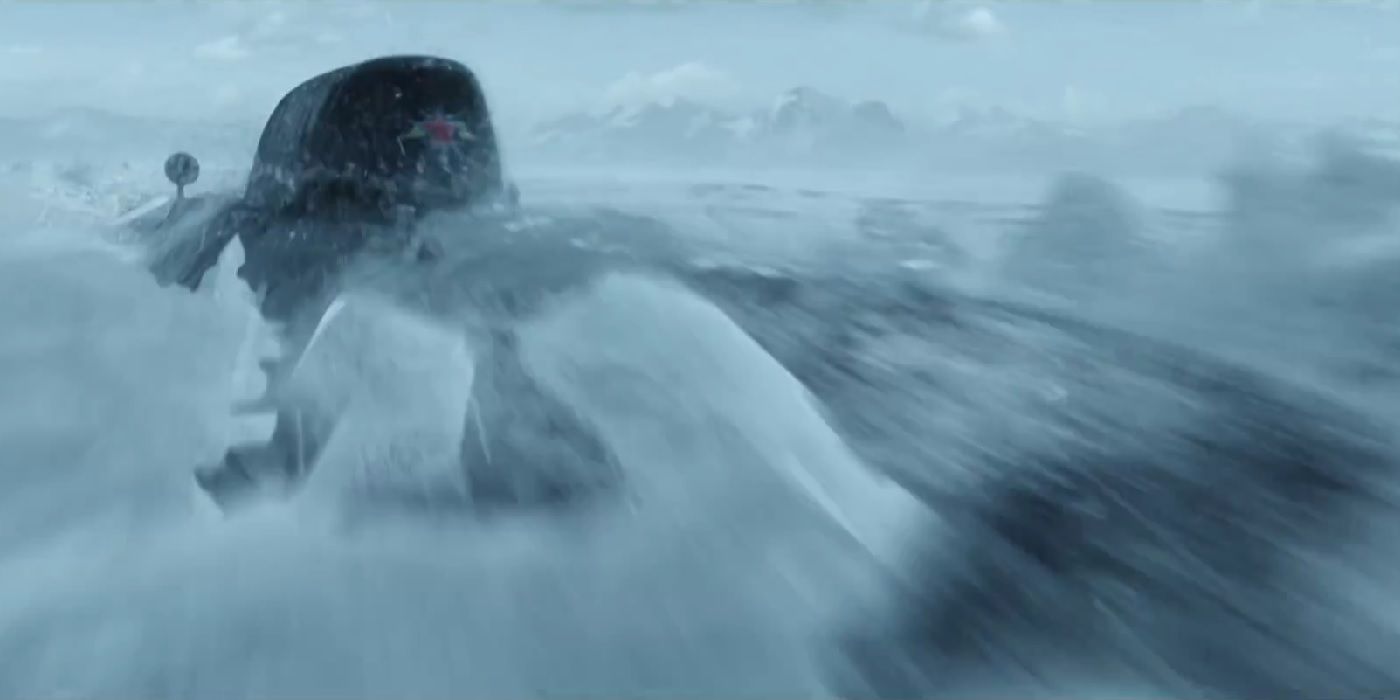
With Furious 7, the Fast & Furious series officially took over Bond’s legacy. While 007 these days offers a more “grown-up” take on the spy genre, Fast & Furious saw the void left by Bond embarking in a new direction and took its place, offering viewers global adventure, imaginative setpieces, and unparalleled stuntwork. By all accounts, the upcoming Fate of the Furious looks to continue this legacy of easy-going excellence.
If we didn’t know better, Fate of the Furious could easily be mistaken for a 007 movie. The trailer opens with what feels like a classic James Bond pre-credits sequence, and quickly moves on to the main story. Dominic Toretto is a rogue agent in the vein of Goldeneye’s Alec Trevelyan, and Mr. Nobody serves as a replacement for M, 007’s boss and mission control. Ludacris’ character is Q, the master of gadgets and computers, and the rest of the team is essentially stand in for Bond himself. The trailer even culminates in an explosive car chase on a frozen lake, which is straight out of 2002’s Die Another Day – though it ups the ante by substituting the ill-advised CGI windsurfing with a gigantic submarine rising out of the water and giving chase to our heroes.
The future of the official James Bond series is currently up in the air; it’s still unclear as to whether or not the British thespian will return to the role, and a recasting may be in the cards. Furthermore, Sony Pictures’ deal with MGM and EON expired with the release of Spectre, and another studio may ultimately step in to co-produce the 25th Bond outing. If that happens, the future of 007 could look very different, indeed. Regardless, if our suspicions hold true, then The Fate of the Furious could prove to be the best James Bond movie since The Spy Who Loved Me.
Key Release Dates
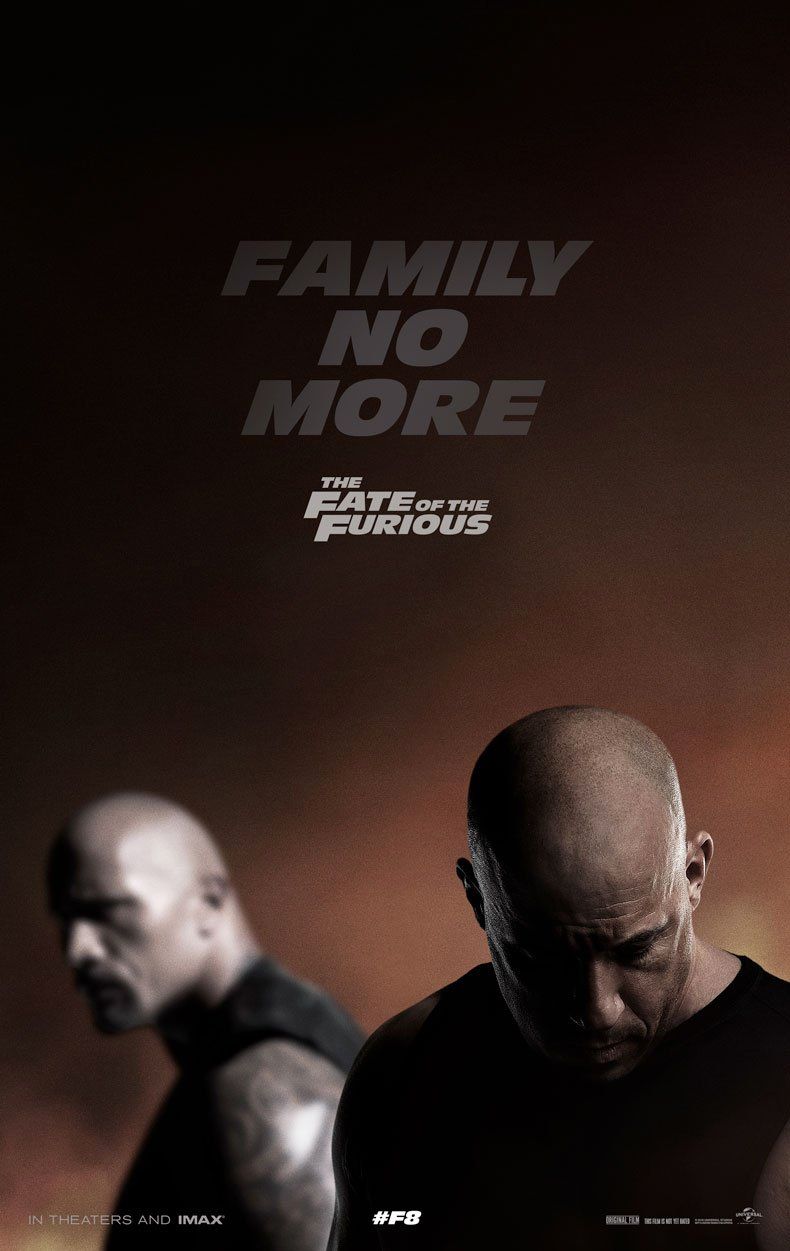
Fast and Furious 8
Release Date:2017-04-14




